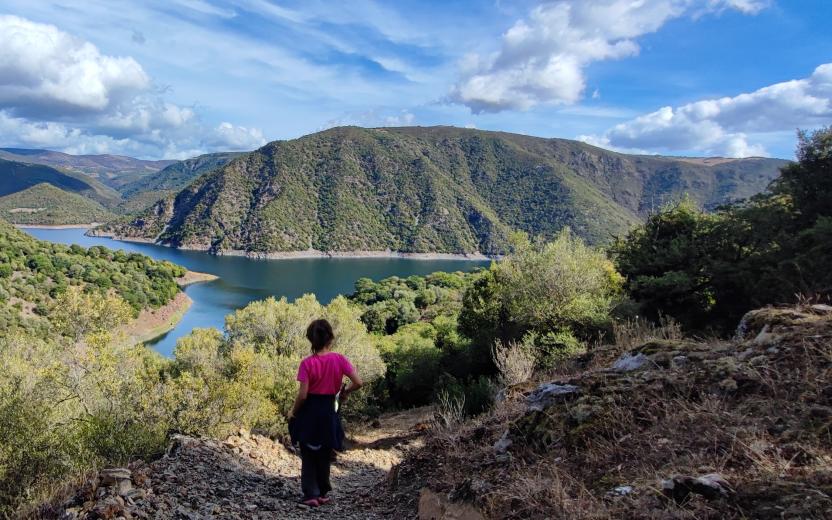A true open-air museum, amidst the natural and archaeological attractions of Sarcidano, in the south-central part of Sardinia: discovering the island's prehistory.
The area has been inhabited by humans since the Neolithic period (3800 BC) and is dotted with enormous basalt boulders erupted from the nearby Mount Pitziogu, a volcano that became extinct in the Quaternary period.
In the park, there are some single-tower nuraghi and, above all, a hypogean necropolis of about fifteen domus de Janas, pre-nuragic tombs carved into the rocky walls of sa Carona Arrubia and into large basalt boulders. Around the large stones, popular memory has elaborated fantastic tales, including the story of the evil giant Impolla, a local symbol. The legends have been passed down orally and envelop the prehistoric remains in a mysterious aura.
Su Motti is an open-air museum that also tells of nineteenth-century history: the parcelling of the woods with the typical dry stone walls of basalt stones, which generated is tancas, enclosed plots of land. The walls are witnesses of the era of private property. The closure of the lands, legitimized in 1823, also involved class conflicts between farmers and shepherds: livestock had always grazed in the open lands, a heritage of the community.
Nearby
The sa Ucca Manna cave (the big mouth) is a must-see, where the waters of nearby springs and streams converge. The chasm is rich in concretions and long, intact stalactites.
From Orroli, other itineraries depart between nature and archeology: the boat excursion on Lake Flumendosa and trekking to the Arrubiu nuraghe, covered in red lichens and unique with five towers; the visit to Sadali to admire the historic center and the zia Carmela house museum, mill, San Valentino waterfall and the Is Janas caves, shrouded in legends about the petrified fairy-witches inside; a trip to the Nuraghi valley of Isili, to Lake San Sebastiano, with the characteristic islet that houses a small church from which it takes its name, and in the woods between Santa Sofia and Villanova Tulo


